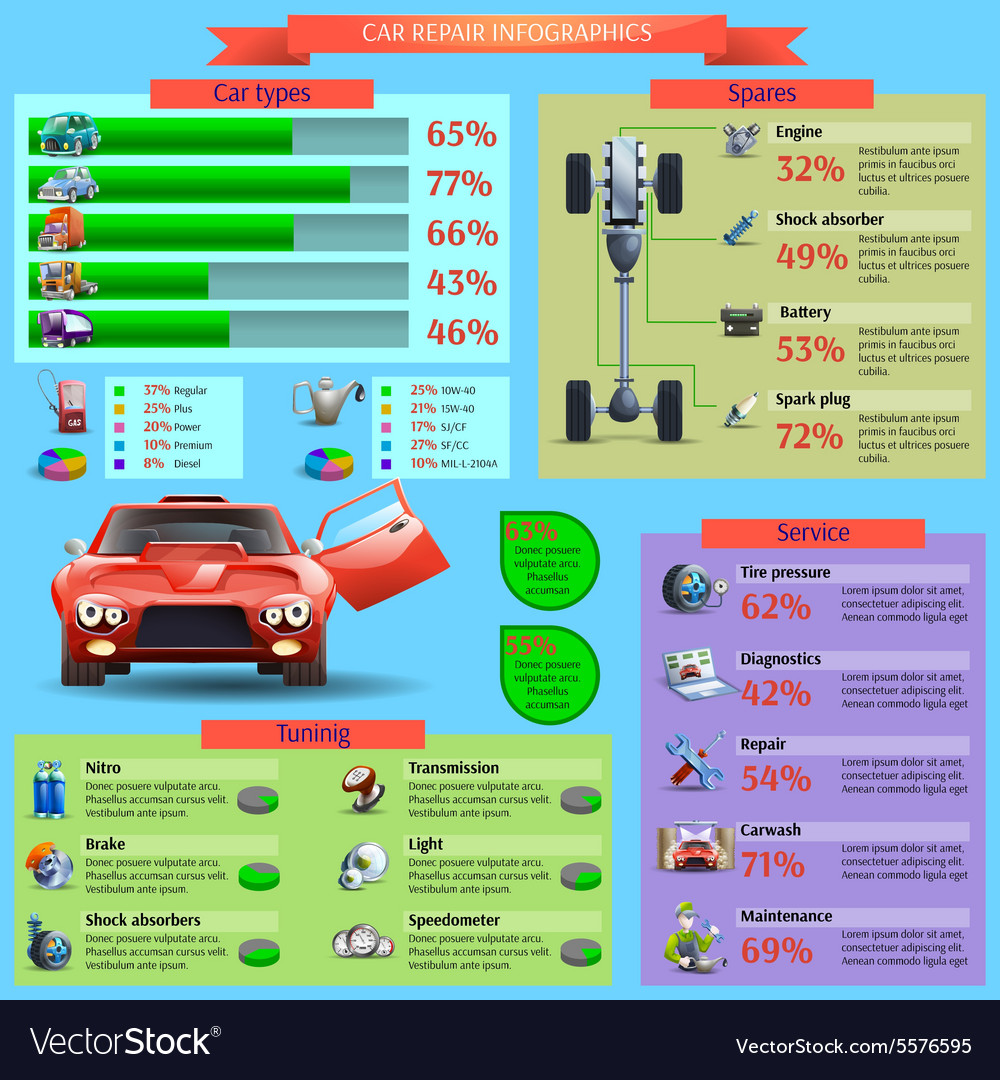Interpreting Your Car'S Alert Lighting: Their True Effects
Interpreting Your Car'S Alert Lighting: Their True Effects
Blog Article
Authored By- autocarwashnearme
When you lag the wheel, those glowing caution lights on your dashboard can be a little bit bewildering. Do you know what they're trying to inform you about your automobile's health? Recognizing the importance of these lights is vital for your safety and the durability of your automobile. So, the following time among those lights turns up, would not you intend to understand its message accurately and take the needed steps to resolve it?
Common Caution Lighting and Interpretations
Determine common warning lights in your automobile and comprehend their meanings to make certain safe driving.
One of the most typical warning lights include the check engine light, which indicates concerns with the engine or emissions system. If this light comes on, it's critical to have your lorry inspected promptly.
The oil pressure warning light shows reduced oil pressure, requiring instant interest to prevent engine damages.
A flashing battery light could suggest a damaged charging system, potentially leaving you stranded if not addressed.
The tire stress monitoring system (TPMS) light alerts you to low tire pressure, influencing automobile security and fuel effectiveness. Ignoring this can result in risky driving conditions.
The abdominal light shows an issue with the anti-lock stopping system, jeopardizing your ability to quit swiftly in emergencies.
Lastly, the coolant temperature level advising light warns of engine getting too hot, which can lead to serious damage otherwise dealt with promptly.
Recognizing these typical warning lights will certainly aid you attend to problems promptly and maintain safe driving problems.
Importance of Prompt Focus
Understanding the typical warning lights in your automobile is only the primary step; the significance of promptly attending to these warnings can't be highlighted sufficient to guarantee your security on the road.
When a warning light brightens on your dashboard, it's your automobile's way of communicating a possible issue that needs focus. Disregarding https://daltonsmhav.dreamyblogs.com/32460993/the-convenience-of-mobile-auto-describing-transforms-your-lorry-s-appearance-however-is-it-as-effective-as-typical-approaches-discover-the-fact-behind-this-service can result in more extreme issues down the road, endangering your safety and possibly costing you extra out of commission.
Trigger attention to cautioning lights can avoid break downs and accidents. For instance, a blinking check engine light can suggest a misfire that, if left unattended, could trigger damage to the catalytic converter. Resolving this quickly can conserve you from a pricey repair.
In a similar way, a brake system warning light could signal reduced brake fluid or used brake pads, critical components for your safety and security when driving.
DIY Troubleshooting Tips
If you observe a caution light on your dashboard, there are a couple of do it yourself troubleshooting suggestions you can attempt before looking for expert help.
The initial step is to consult your vehicle's handbook to recognize what the specific warning light indicates. Often the concern can be as simple as a loose gas cap setting off the check engine light. Tightening the gas cap might settle the problem.
Another typical issue is a low battery, which can set off numerous cautioning lights. Examining the battery links for deterioration and ensuring they're protected may take care of the problem.
If a caution light persists, you can attempt resetting it by disconnecting the auto's battery for a couple of minutes and then reconnecting it. Furthermore, examining your lorry's liquid degrees, such as oil, coolant, and brake fluid, can help repair cautioning lights related to these systems.
Conclusion
Finally, recognizing your auto's caution lights is crucial for maintaining your car running smoothly and securely. By without delay attending to these signals and knowing what they mean, you can prevent pricey repair work and possible failures.
Remember to consult your vehicle's handbook for specific information on each advising light and take action as necessary to guarantee a trouble-free driving experience.
Stay informed, stay secure on the road!
